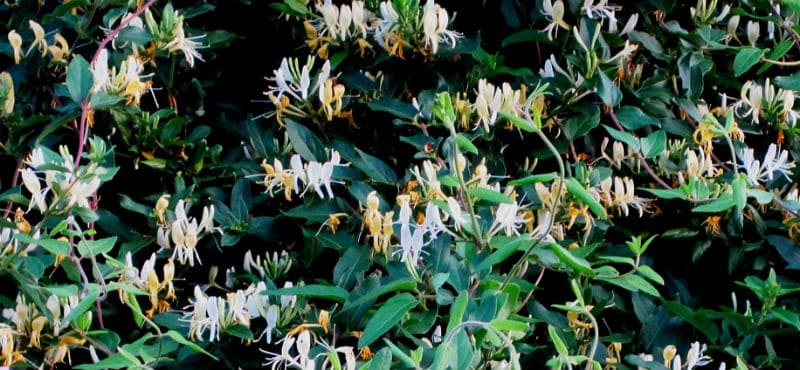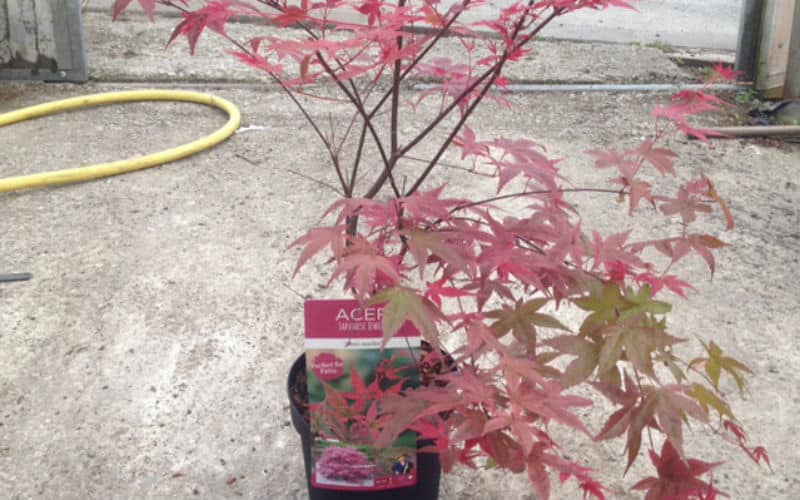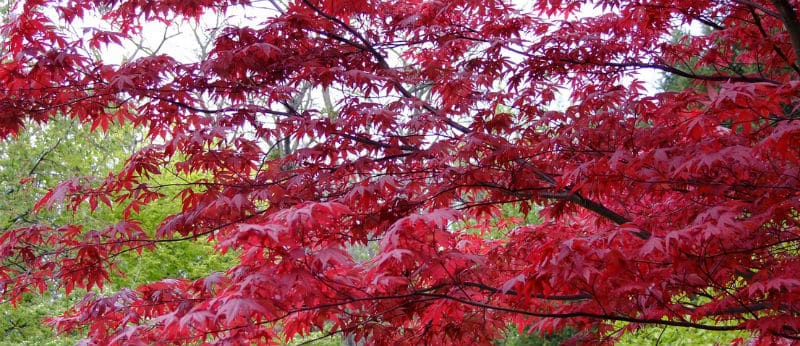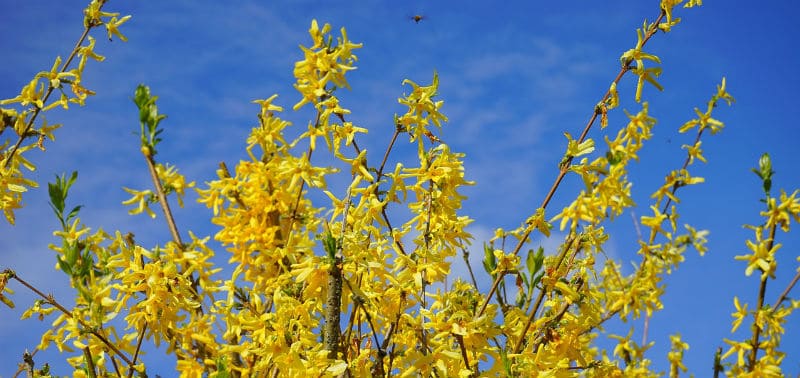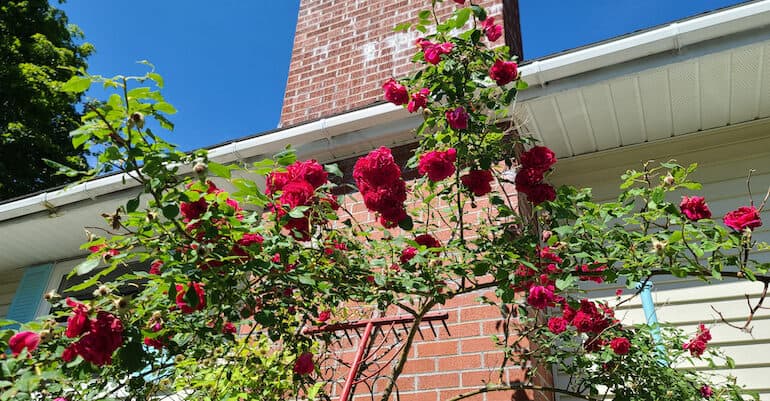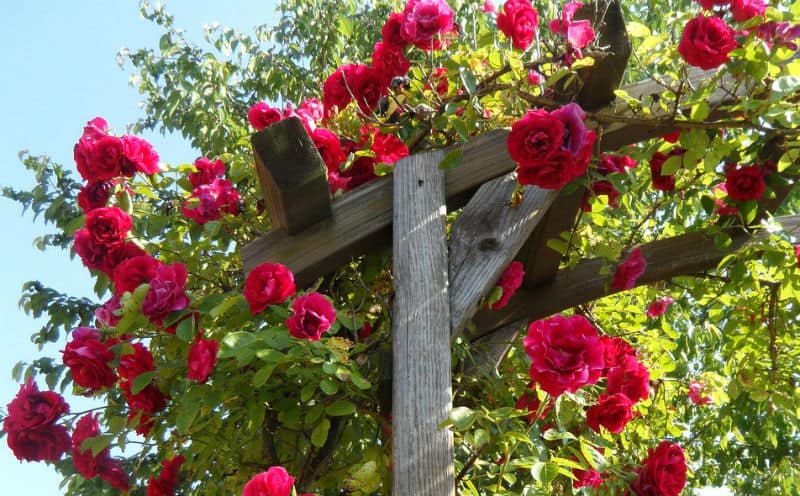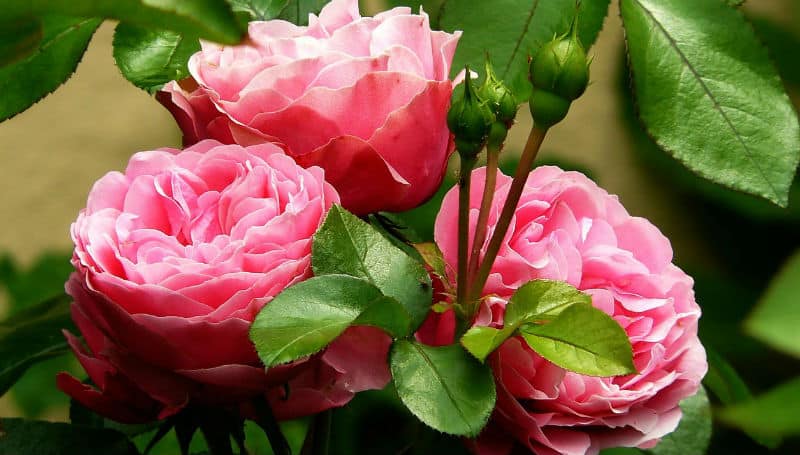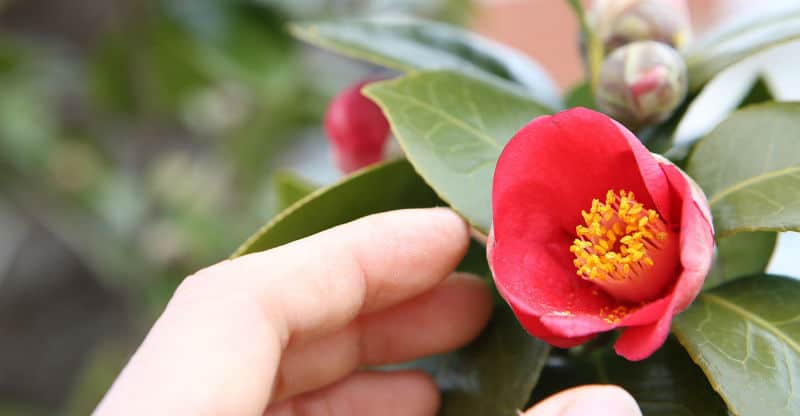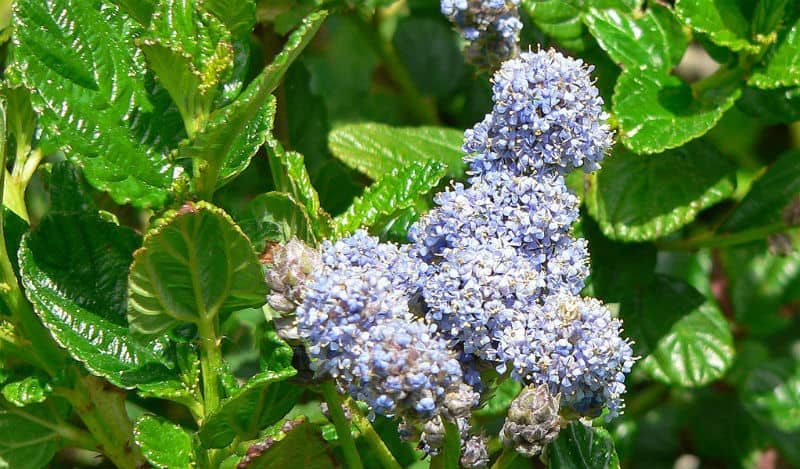If you are interested in growing Lonicera japonica, it is important to understand how to care for them. Honeysuckles are popular not just for their beautiful blooms, but for the highly perfumed flowers they produce, especially the climbing scented varieties. The climbing varieties can be draped over garden support structures and pergolas while the shrubs make for great hedges and groundcover plants. Quick Facts About Lonicera Common nameHoneysuckleBotanical nameLoniceraTypeShrub and evergreen/deciduous climbersFlowering timeA shrub that…
How and when to prune Acers in pots Acer in pots should not really be pruned and are best left to grow into their natural shape, however, there are a few exceptions. Rubbing branches under the main canopy as well as some branches that look out of place and ruin the aesthetics of the tree. Pruning is best done between November and January to avoid sap bleeding. If you are growing Acers in your home,…
Pruning Acer trees is something that is usually not really needed. Japanese Acers should be left to grow naturally, however, branches below the canopy that cross or rub each other can be removed between October and January. You can also remove branches that ruin the shape of the tree if needed. Japanese maples are beautiful trees regardless of the season. They bring to any garden the most delicate of leaves, beautiful autumn hues, and arguably…
It is always great to look out your window and see the bright yellow flowers along your Forsythia bush, indicative that spring truly has sprung. But then as your bloom starts to fade, you might be asking, Can I prune my Forsythia? Should I prune it? and if so, Can I cut my Forsythia to the ground? When you are considering Forsythia pruning, you need to take into consideration that these are very durable shrubs…
Many people wonder whether rambling or climbing rose bushes are the same. However, the key differences that make them stand apart are the flowering times. You will find that the flowering frequency is the main difference most associated with them. Most rambling roses flower once around June time, whereas climbers often flower through summer but don’t usually have the same impact. Other noticeable differences to summarise include: Climbing Roses vs Rambling Roses The biggest difference…
Rambling roses are a great variety if you want to quickly cover a fence, a garden structure or a wall. These roses produce shoots that are covered in green leaves and a collection of beautiful flowers. Thankfully, these particular plants do not require a great deal of pruning in order to stay in good shape. In fact, you only need to trim them about once a year in order to achieve a beautiful floral display.…
Pruning your climbing roses is a good way to ensure that your plant will produce flowers and remain strong each subsequent season. If you don’t prune your climbing roses they will inevitably become a tangled mess of branches and they won’t produce an adequate number of flowers. Most people consider this a complicated process but if you follow this guide you can learn how to prune a climbing rose easily. How to prune a climbing…
Knowing how to prune roses is important for anyone who plans to integrate roses into their garden landscape, not just because it helps keep the rose bushes in line, but because it can encourage more beautiful results. You shouldn’t be intimidated by the prospect of pruning. There are very specific rules that are typically applied to specific types of roses that are designed to get the best out of each variety. Casual gardeners who simply…
Camellias are beautiful trees and shrubs that give you glossy foliage all year round with flowers appearing during the colder seasons. People who cultivate them know that the most common include the Japonicas and Sasanquas but there are also fun hybrid options out there that achieve various shapes, colours and unusual growth habits. Typically Camellias will do just fine when they are left alone and they thrive in decent growing conditions such as well-drained acidic…
This is a large genus of shrubs that are very versatile and beautiful. Many of the shrubs are native to California which is why the plant is colloquially referred to as the California Lilac. Of course, this name is a bit misleading because it is not a lilac at all. This Ceanothus bush grows between 30 and 180cm tall, and some varieties will grow into a mound shape while others grow prostrate and turn into…

